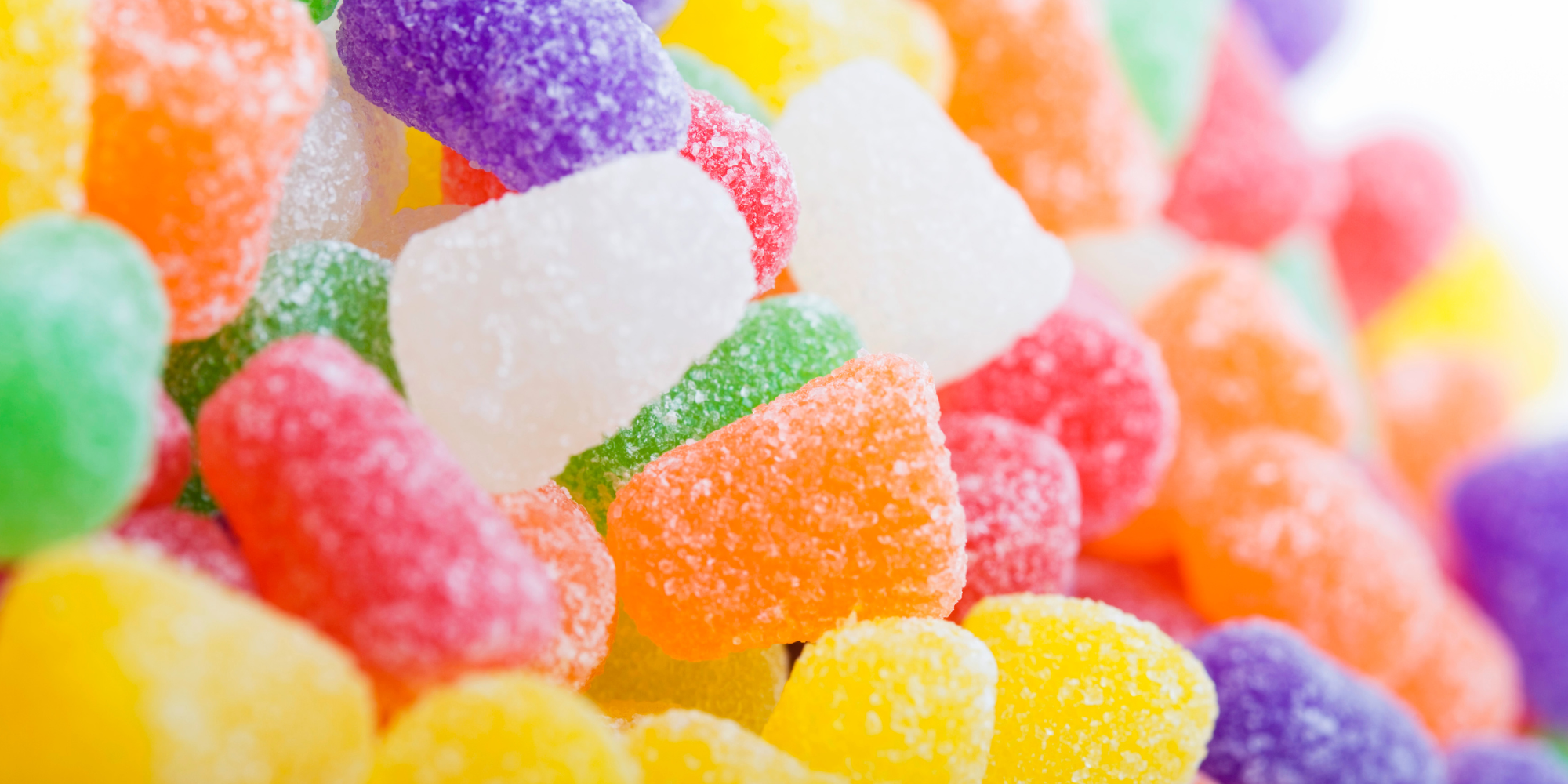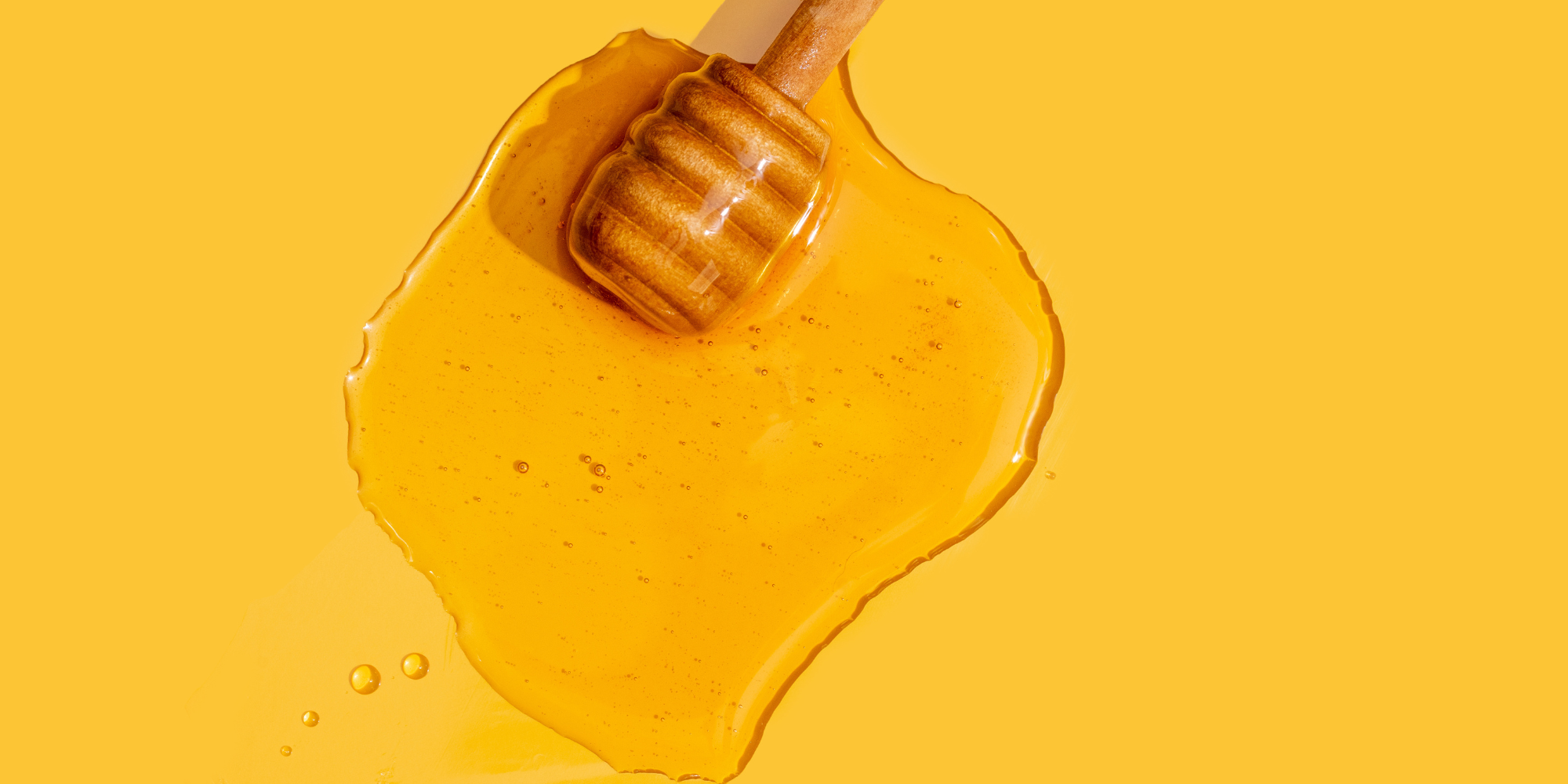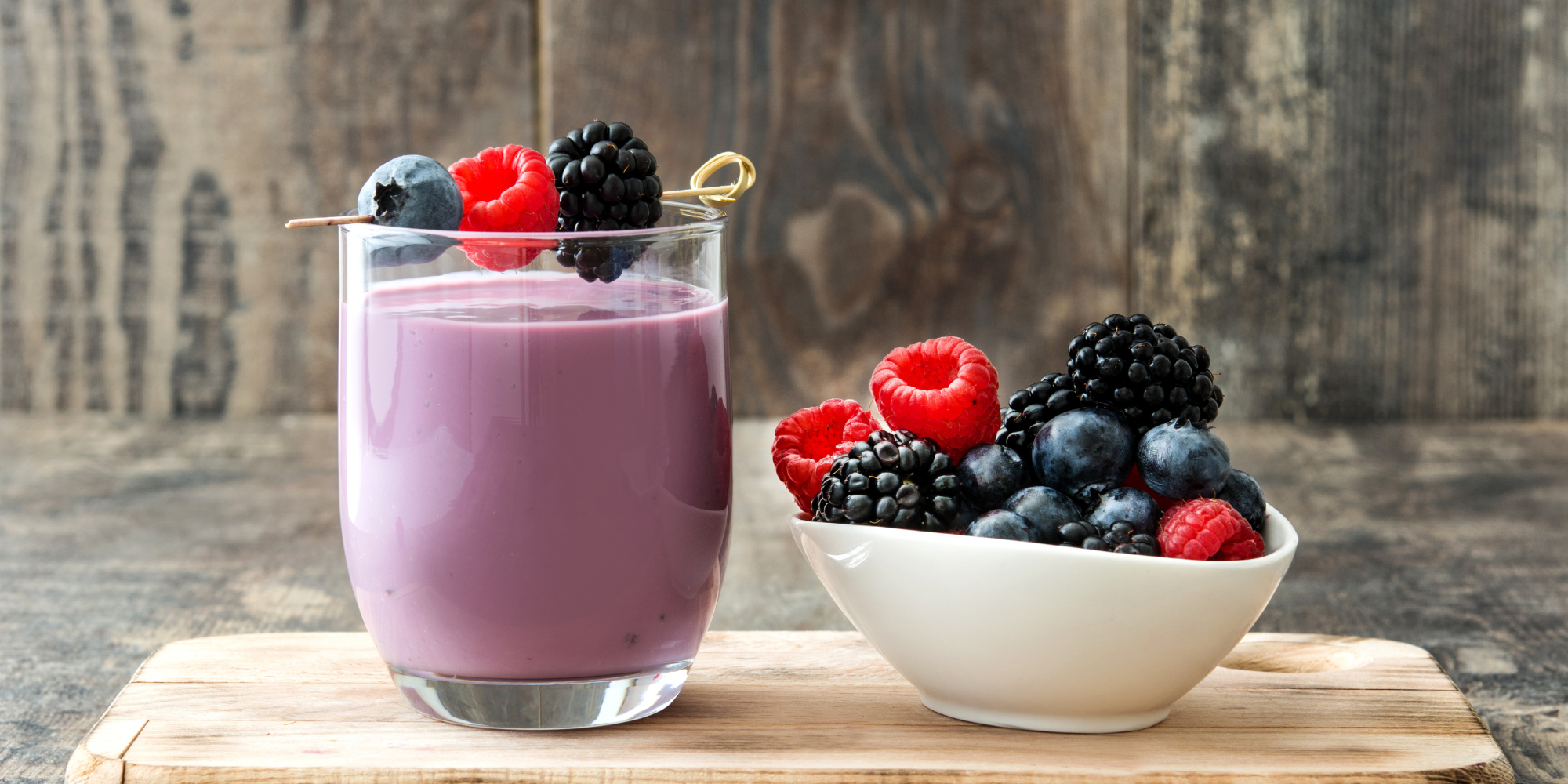Sugar is sweet, addictive, and in today’s food environment, nearly impossible to avoid – especially with the holidays upon us! Having a practical approach to identifying healthier sources of sweetness and how much to eat can be helpful.
When sugar is consumed in its natural state, like the sugars found in fruit (fructose) or skim milk (lactose), it’s typically consumed in minimal quantities. It’s also naturally packaged with essential vitamins, minerals, phytonutrients, and fiber. These food sources are beneficial to our health.
What about the other types of sugar?
On the other hand, refined sugars have gone through extensive processing. Refined sugars are added to foods in two main categories: packaged foods and sweetened beverages. Typically, refined sugars are added to packaged foods that are already high in refined grains, saturated fats, and sodium. Foods like candy, cookies, doughnuts, energy bars, and sugary breakfast cereals. You’ll also find refined sugars added to drinks like sodas, energy drinks, lemonade, sugary lattes, and smoothies. Refined sugars are so widespread that the American Heart Association and World Health Organization have begun warning the public about the effects of excess added sugar on cardiovascular health.
How do you find the type of sugar in your food?
Fortunately, it’s now quite simple to determine if foods are high in added sugars. In the past, food labels only listed the amount of Total Sugars. This included both naturally occurring and added sugars, making it difficult to determine how much was added by the manufacturer.
One of the best improvements to the new Nutrition Facts Panel is the addition of a separate line item for Added Sugars. It is listed right below the Total Sugars, which have always been included on the label. The Added Sugars on the label also feature a % Daily Value (DV), so you’ll want to focus on foods with 5% DV or less of Added Sugars if you are limiting added sugar in your diet.



.png)
